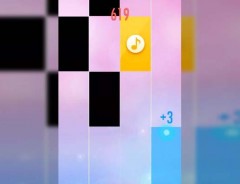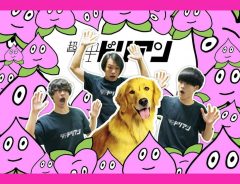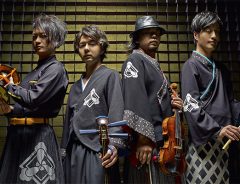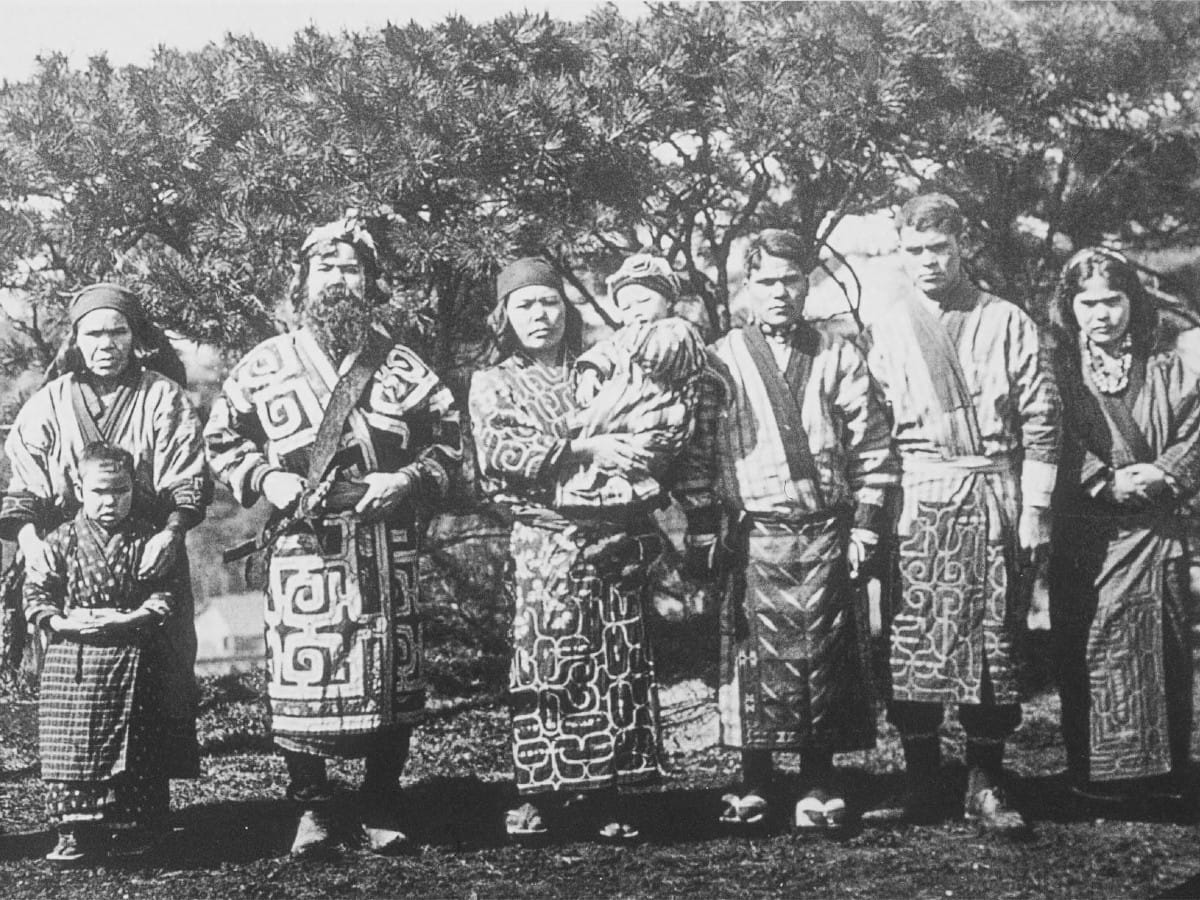- Tags:
- Ainu / Ainu culture / Music
Related Article
-

The Chill and Retro Pixel Art of Motocross Saito
-

This Japanese 4-Year-Old Is A Little Advanced For His Age With Music Games
-

Fashion and manga fans! Learn Japanese with hilarious songs by a popular Japanese band
-

Meet Ryoma Quartet – Modern Samurais That Hold No Swords, But Use Instruments To Move Your Soul
-

Calculator “pianist” perfectly replicates Tokyo’s train station jingles
-

This Inspirational Dancer Isn’t Bound by her Wheelchair



Although Japan is largely considered homogeneous, minority groups do exist. Twenty-five thousand residents are considered Ainu, an East Asian ethnic group indigenous to the northern island Hokkaido. While Ainu people have historically faced hard times, they seem to be re-establishing their identity in recent years. A short YouTube documentary gathered traction early in 2020, and a separate feature-length film is set to be released later on this year.
These films underscore a sense of dissolution that members of the community seem to feel. Following the annexation of Hokkaido in 1890, the Japanese government aggressively repressed the culture. The Ainu language was outlawed as the government labeled them “former aborigines” in order for them to assimilate.
Fortunately, some Ainu culture has survived. While speakers of the language are rare, their music is still performed. The Foundation for Ainu Culture and others remain proactive in ensuring that their unique art form survives and is enjoyed by others.
Ainu Music
Like many cultures, Ainu music consists, in part, of ballads highlighting traditional daily life and other customs. Some songs revolve around work, while others tell epic stories. The art form also has spiritual implications and is widely considered sacred.
Two unique instruments are standard in Ainu music. The mukkuri is similar to a Jaw harp. It produces a bright twangy sound via manipulation of a connected string. Like a Jaw harp, it is placed in one’s mouth, and the tone changes with the shape of one's mouth.
Tonkori, on the other hand, are similar to the shamisen or koto. With an onomatopoeic name, it is an unfretted stringed instrument that is plucked or strummed with one’s fingers. The tonkori has five strings and is played by both men and women.
Upopo
There are several song types in traditional Ainu music. Upopo songs are often rhythmic and repetitive. They are short and simple and often sung during work, where their rhythmic structure puts performers into a trance. The songs are also often acapella accompanied by light percussion, such as beating a table.
This one appears to be more traditional.
There's something about the nasal tremolo of these seemingly older performers. At least in the first track of the video, there is a chugging rhythm that draws me in. I can easily imagine doing fieldwork or chopping wood while listening to this.
The Waseda College glee club also put on a very professional performance. I'm not so sure if this would be considered true to traditional stylings—the harmonies and singing style are very polished. Nevertheless, the ambiance the performers create is pleasing.
Yukar
Yukar are epic songs performed as monologues. They sound similar to upopo, but are most often sung from memory by a single singer. As the Ainu language is not written, ancient Ainu formed a custom of oral literature using Yukar songs. Many describe "Ainu Mosir," the floating world of the humans, and other aspects of Ainu spirituality. But they may also portray the story of an individual.
The above provides an example of the world of the Gods. It is a place in the sky, down a river of the heavens. There is an old lady who is God. We see her rocking babies in a traditionally crib-like item. She says she sings lullabies to them.
Here is another good one about gods in the sky.
Rekuhkara
The Ainu also practice a form of throat singing. Used in a vocal game, it is known as Rekuhkara. Groups of two to ten people play together, with contestants forming pairs. They cup their hands over their mouths to make a tube. One player makes a resonant motif that vibrates in the other player's mouth. The opponent must play off the pattern until the other changes it. Whoever loses breath or laughs first is the loser.